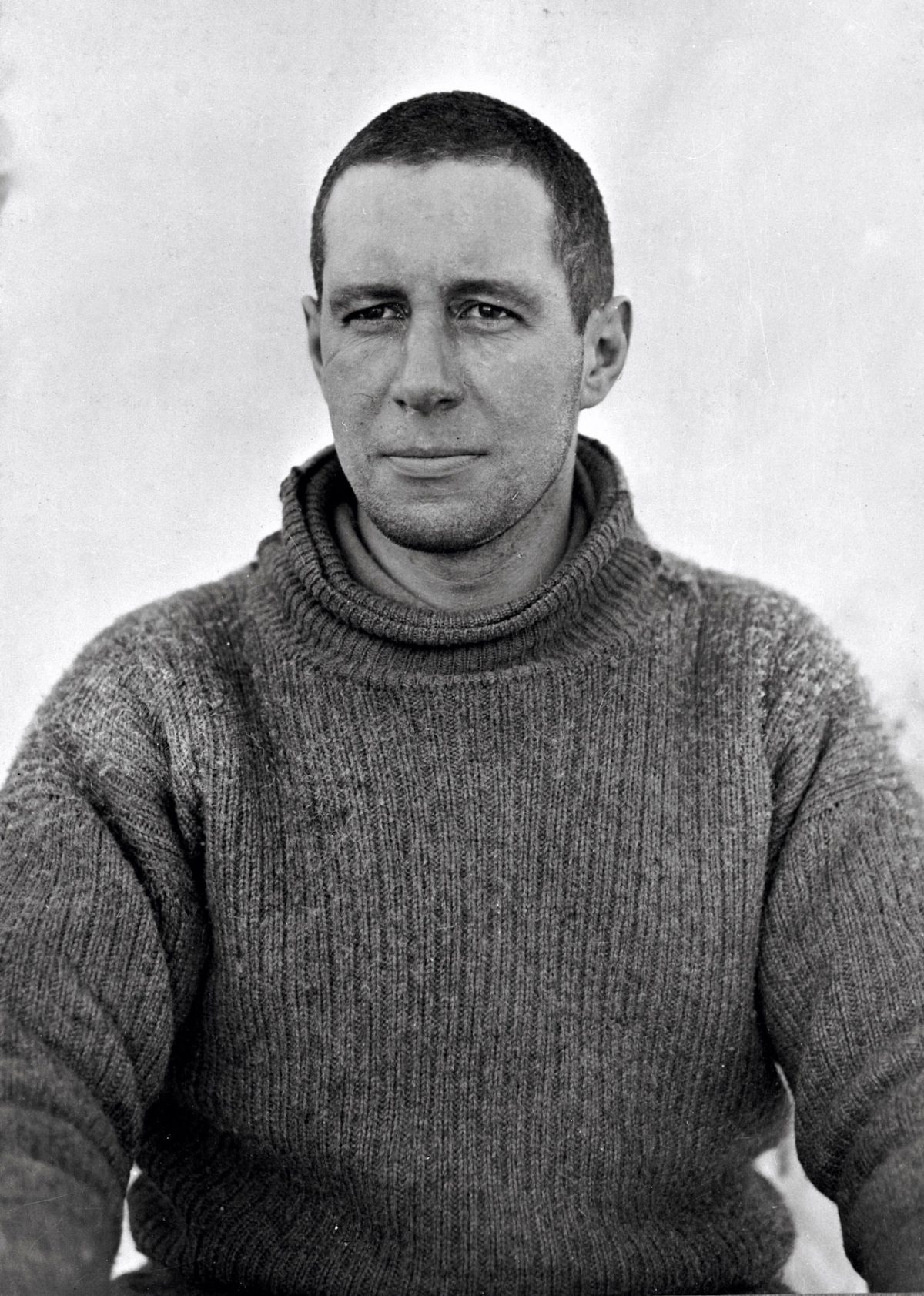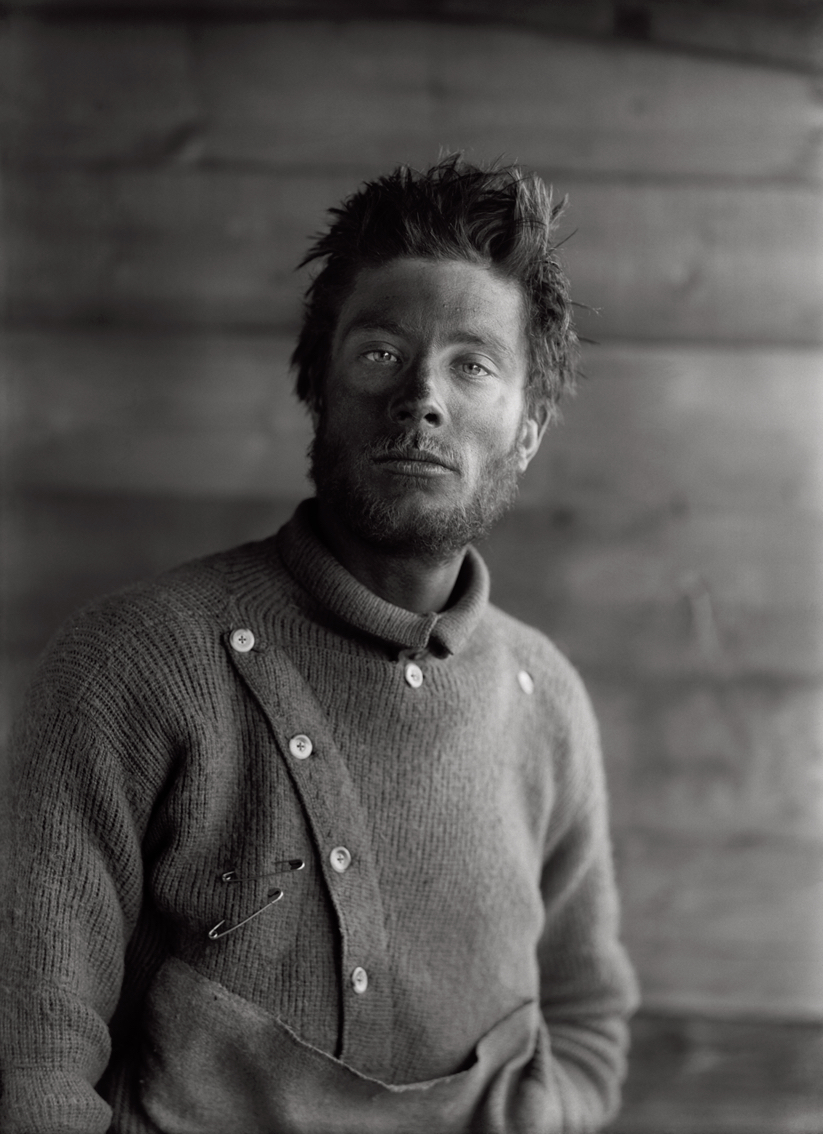The photographer Herbert George Ponting, who died in 1935, is best known for photographing Robert Falcon Scott’s Terra Nova Expedition to the Ross Sea and South Pole (1910–1913). As a member of the shore party in early 1911, Ponting helped set up the Terra Nova Expedition’s Antarctic winter camp at Cape Evans, Ross Island. The camp included a tiny photographic darkroom for Ponting. After 14 months at Cape Evans, Ponting boarded the Terra Nova in February 1912 to sail back home with more than 1,700 photographic plates. At the time he expected these would be used by Captain Scott for lectures and fundraising in 1913.
British explorer and expedition leader Captain Robert Falcon Scott reached the South Pole on January 17, 1912. Although Ponting did not go all the way to the South Pole he photographed the Antarctic continent from a base on the coast showing us scientists at work, unusual wildlife, and “grand landscapes”.
Captain Scott and his team discovered that Norwegian explorer Roald Amundsen had beaten them to the pole by five weeks on December 14, 1911. They all died weakened by extreme cold and dwindling supplies on the return journey, in late March 1912.
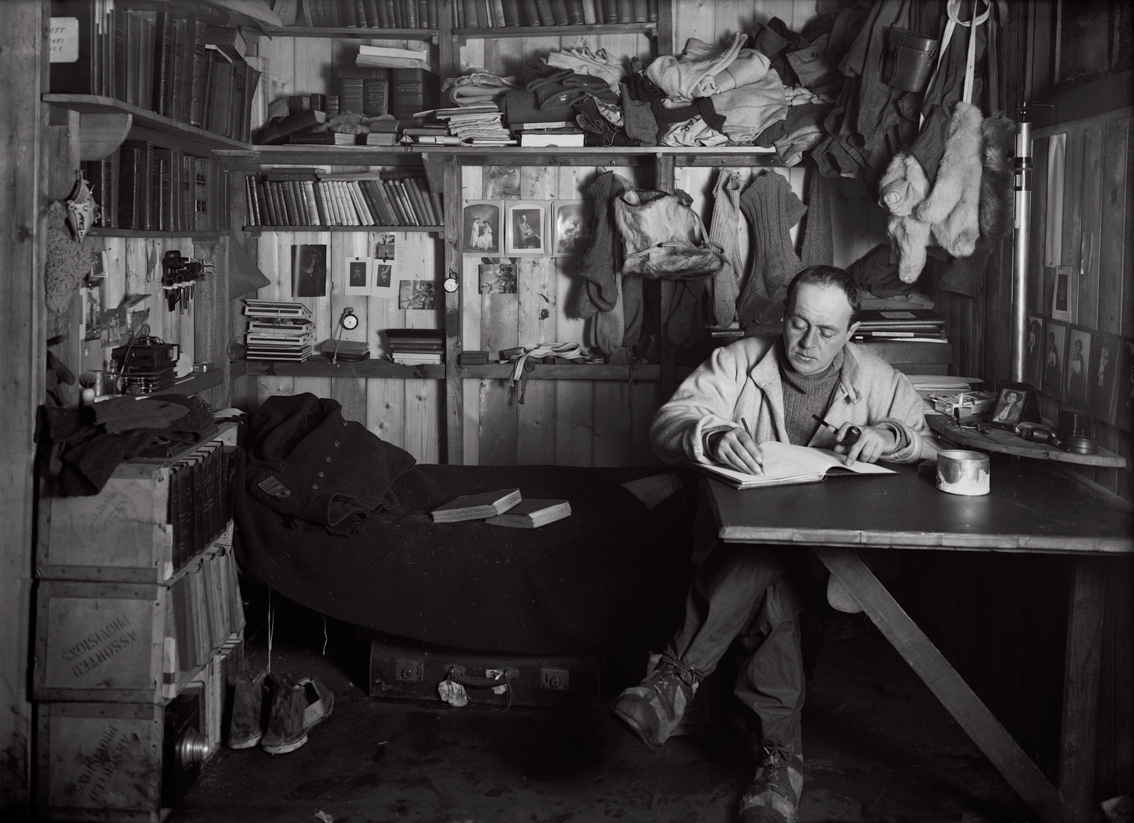
Captain Scott in his Den, 7th October 1911
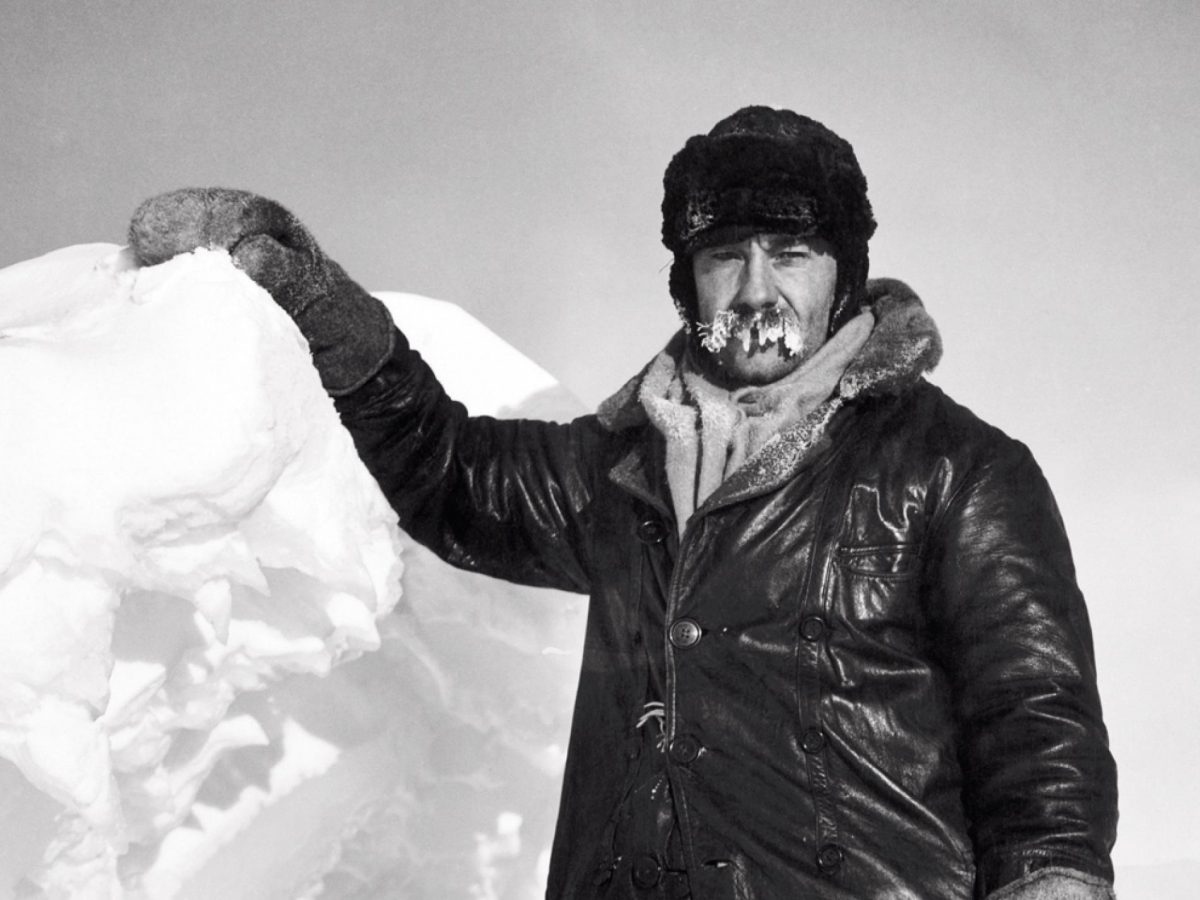
Herbert Ponting stands on an iceberg near McMurdo Sound, Antarctica, in 1911.
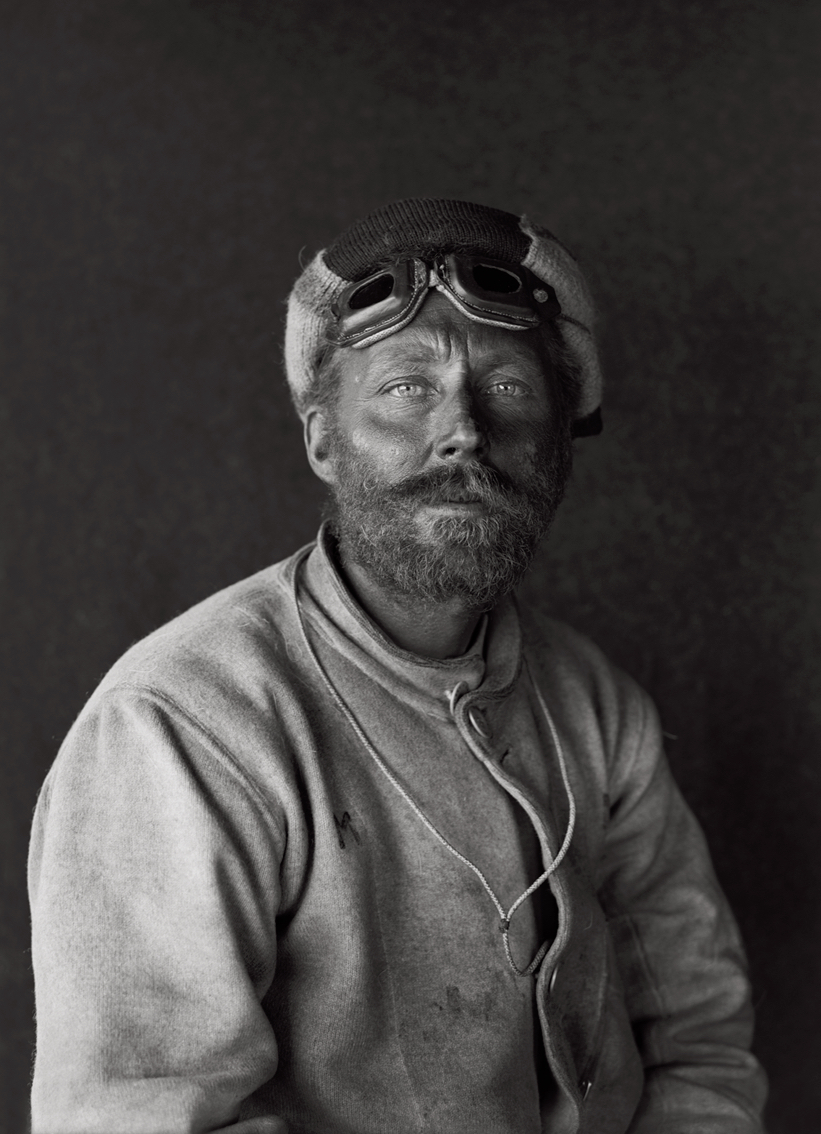
Portrait of Cecil H Meares on Return From the Barrier, 29 January 1912

Portrait of Mr. Apsley Cherry-Garrard on Return From the Barrier, 29 January 1912

Captain Scott, April 13th 1911
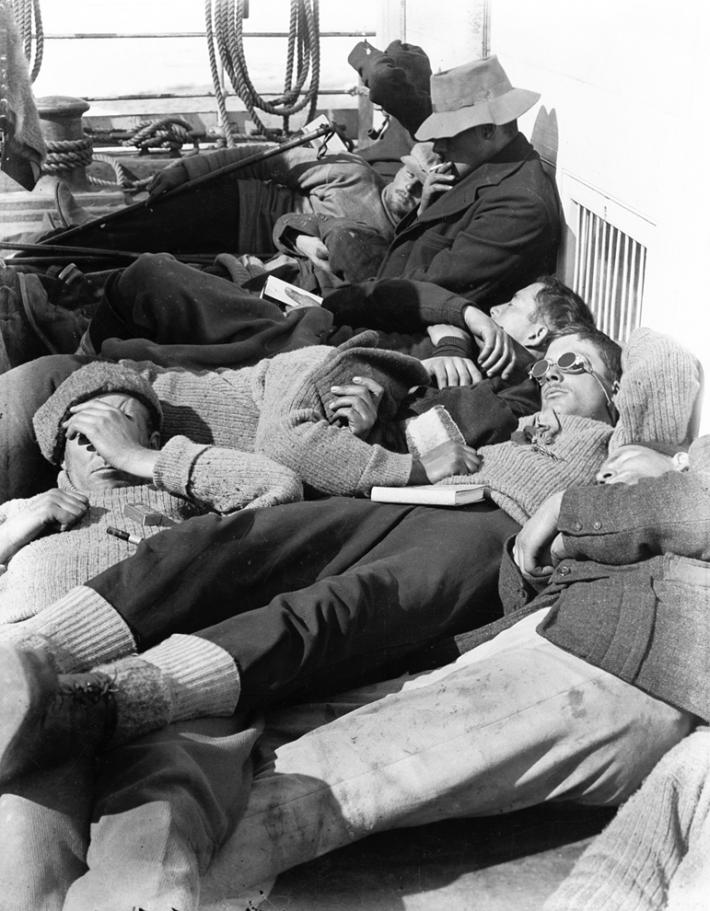
Members of the Terra Nova expedition nap in the sun while the ship battles pack—thick patches of sea ice—in 1910
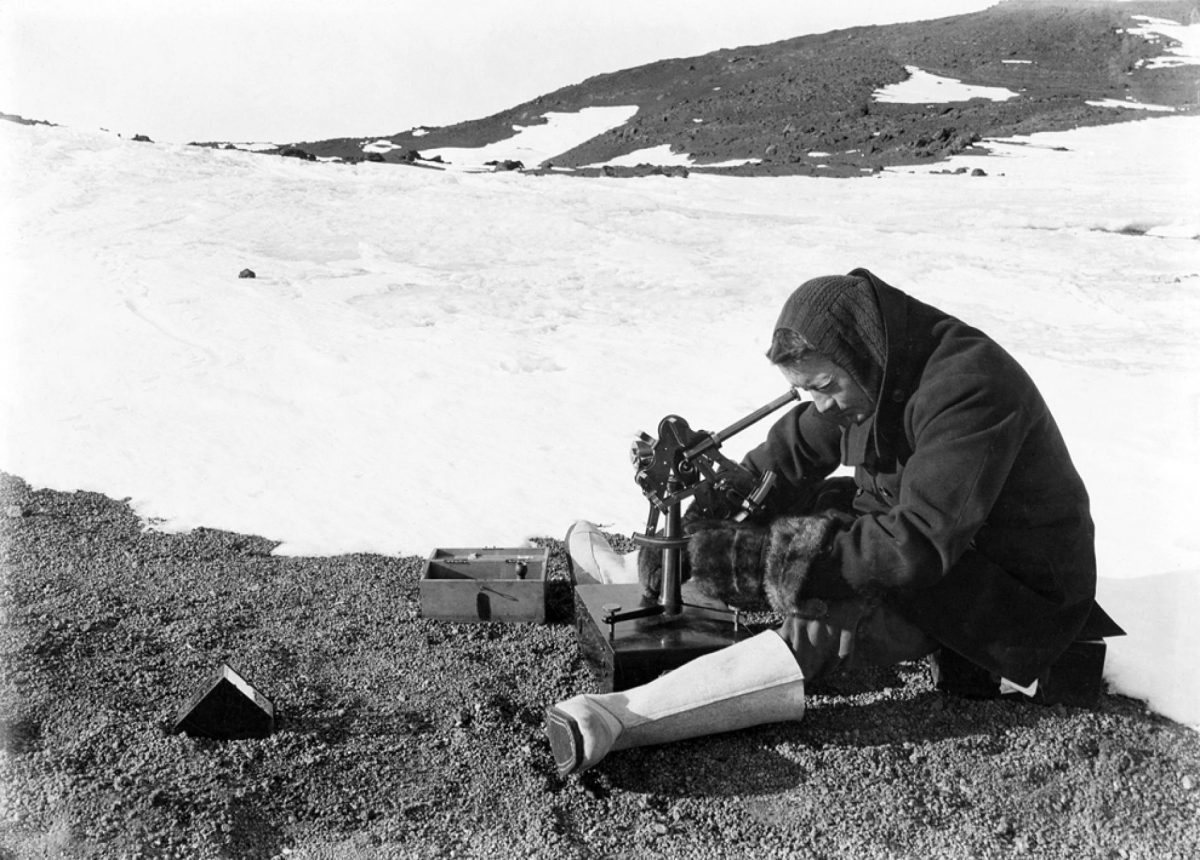
Lieutenant Henry Rennick uses an instrument called an artificial horizon to take readings of Earth’s natural horizon on February 9, 1911
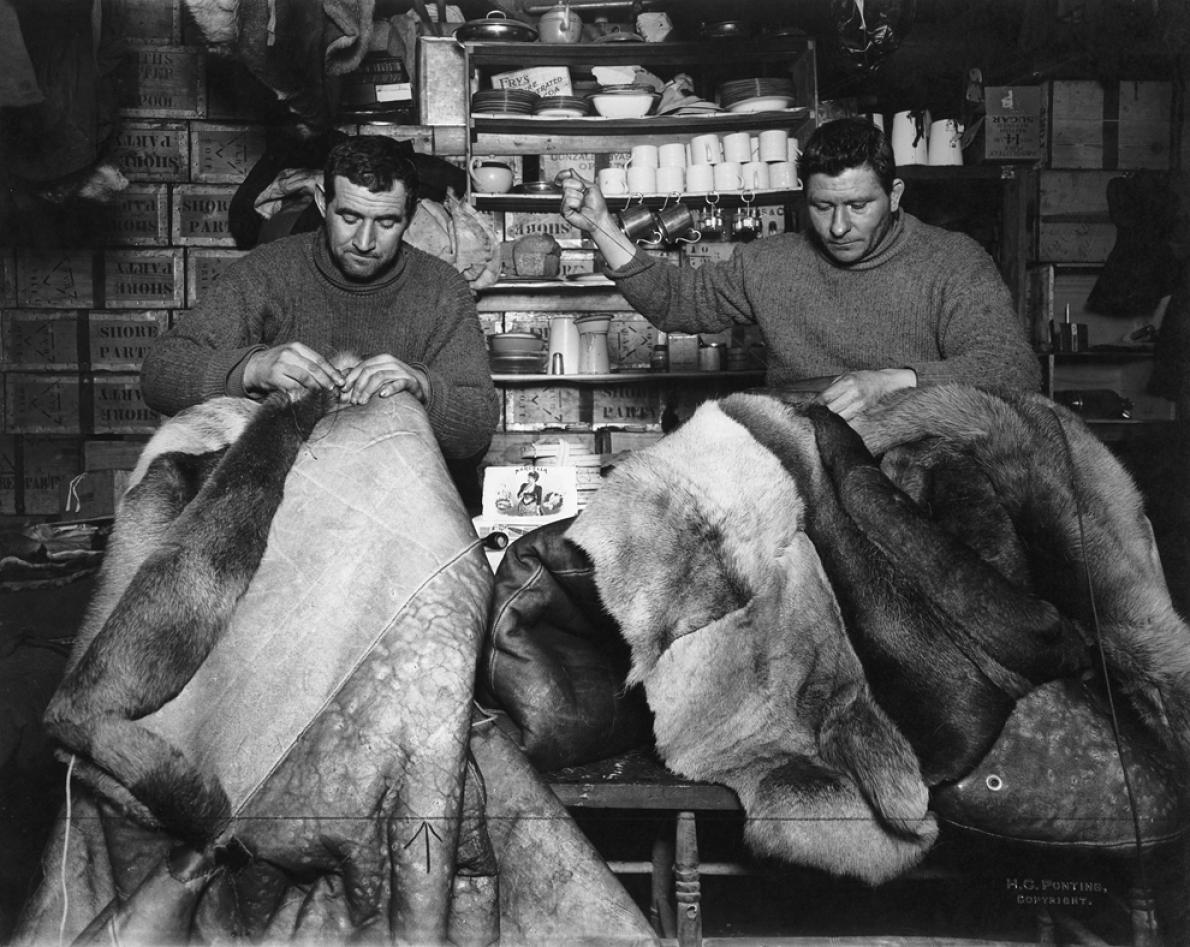
Expedition members repair reindeer-fur sleeping bags inside the Terra Nova hut on May 16, 1911.

Lieutenant Edward Evans and biologist Edward Nelson chisel an ice cave for food storage on January 12, 1911
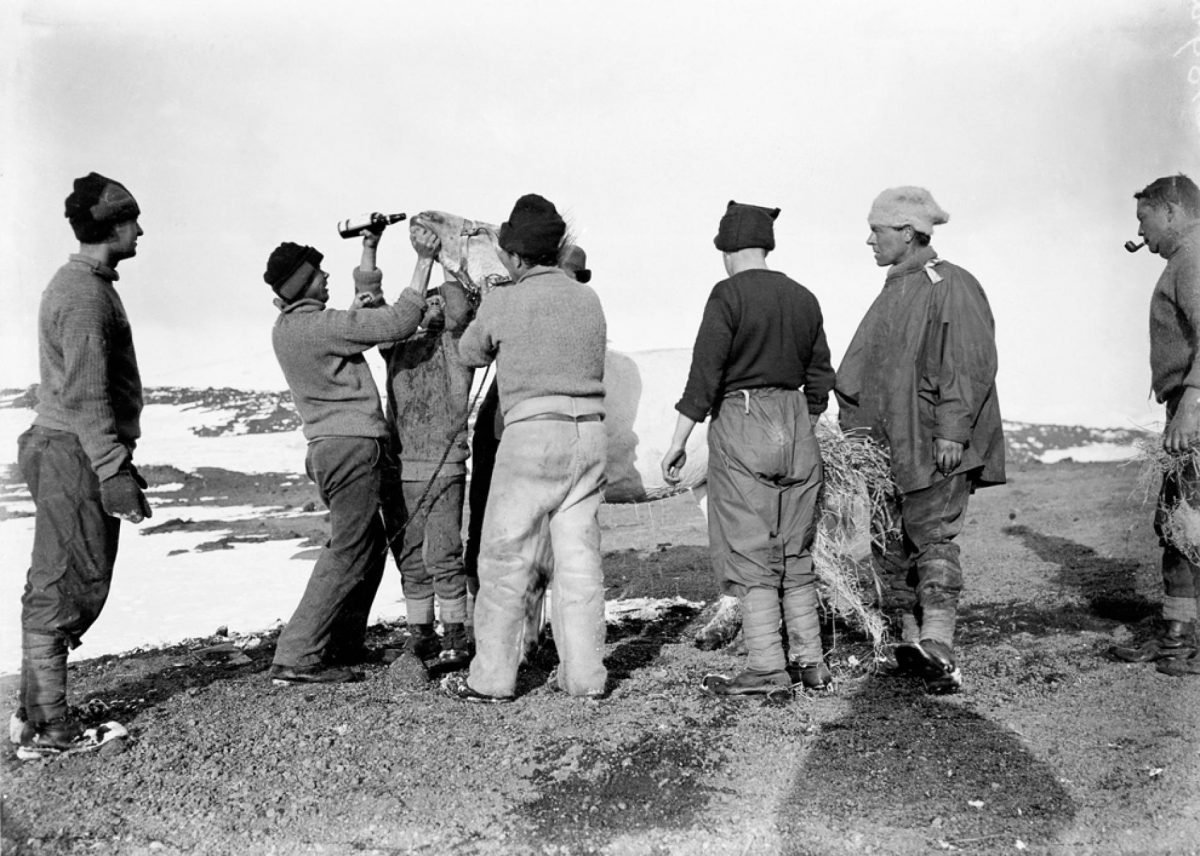
Giving whiskey to a pony that swam ashore after being stuck on an ice floe in McMurdo Sound on February 8, 1911
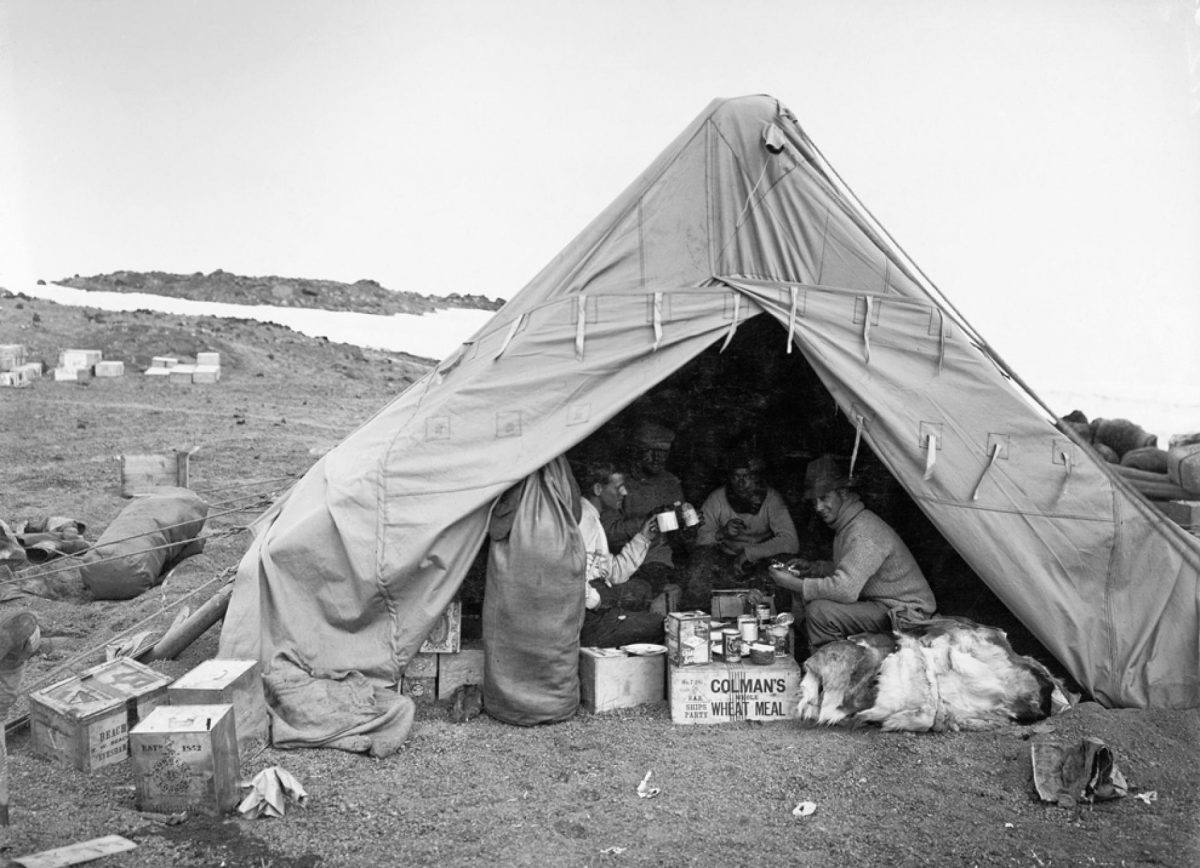
Eating lunch in a tent on January 7, 1911—not long after the Terra Nova landed at Cape Evans in Antarctica
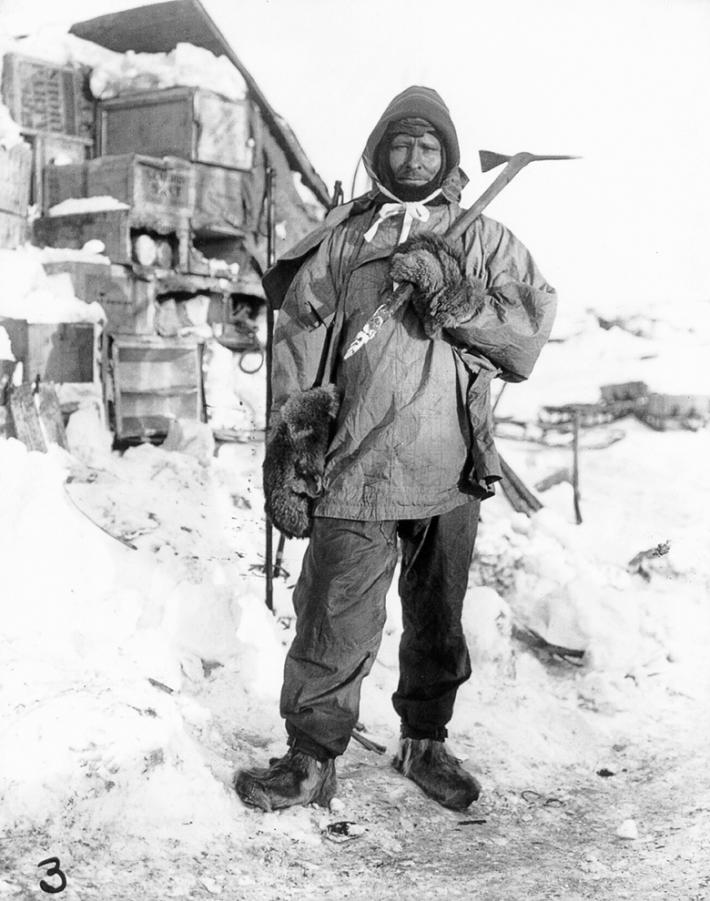
Petty Officer Edgar Evans (seen in 1910 or 1911) as one of the five men to take the final journey
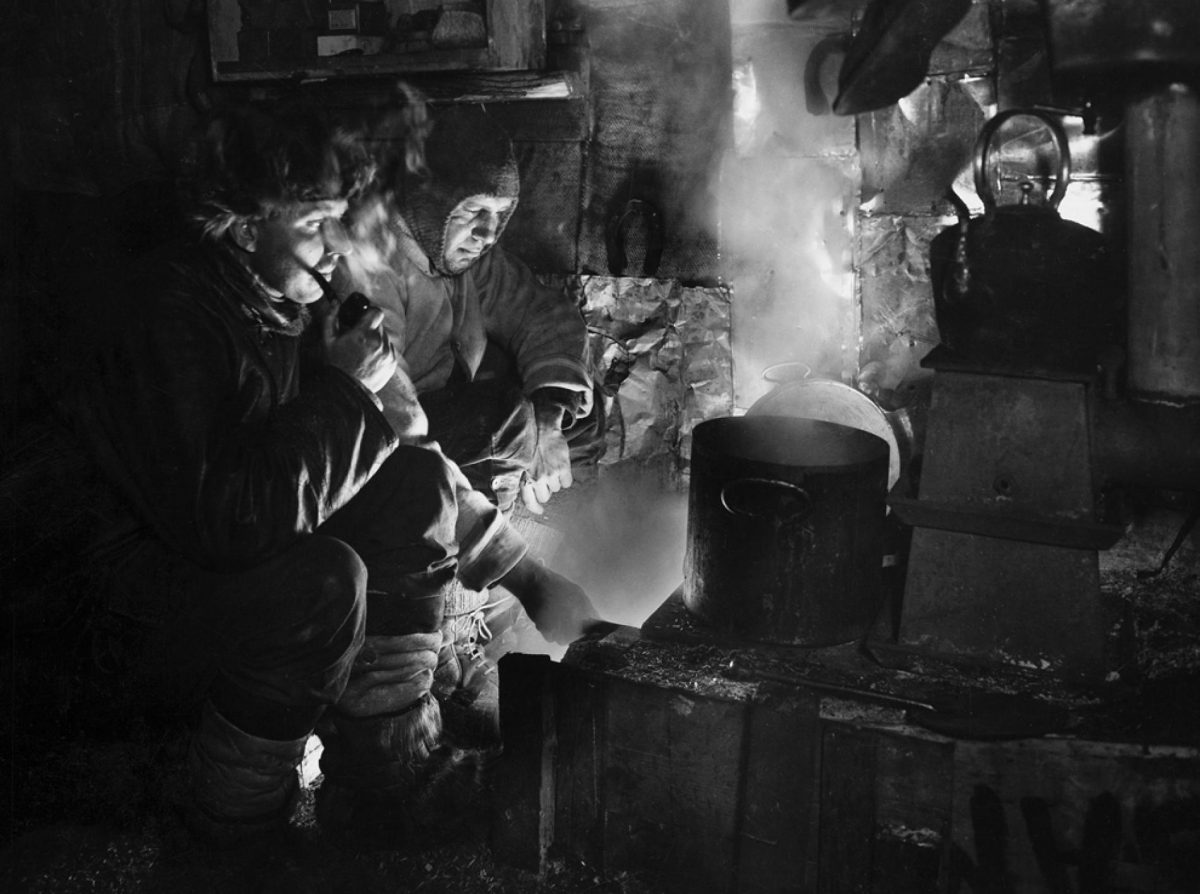
Dog handler Cecil Meares and Captain Lawrence Oates crouch near a seal-blubber stove on May 26, 1911
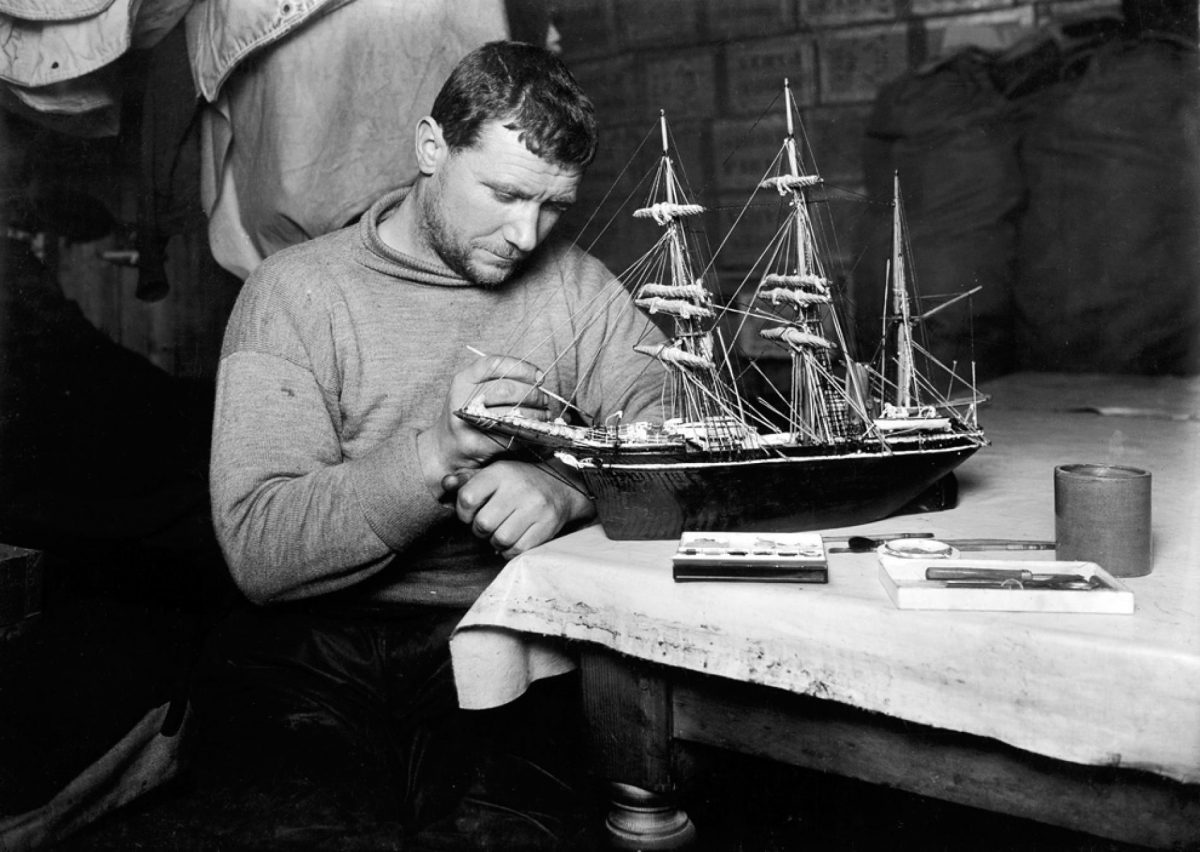
Petty Officer Patrick Keohane finishes his model of the Terra Nova on August 10, 1911.
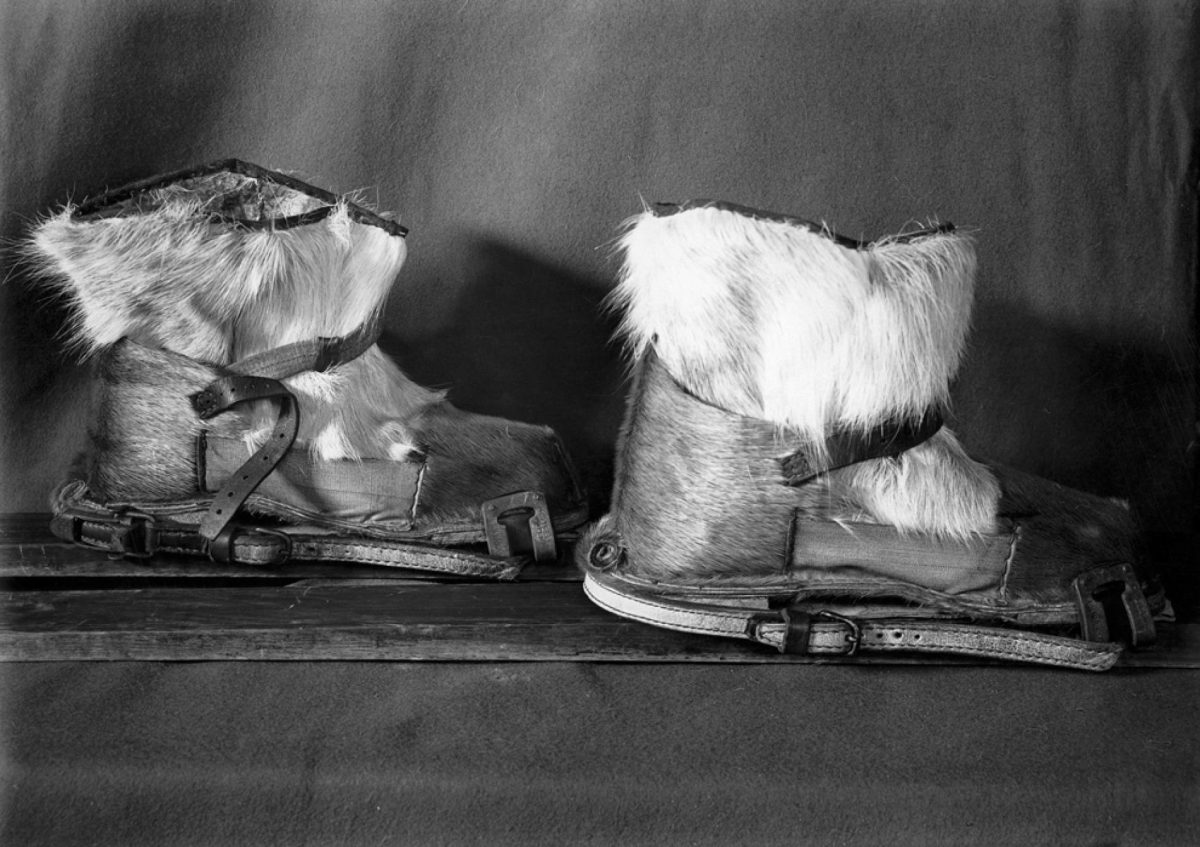
pair of reindeer-fur boots are rigged to fit skis in a 1911
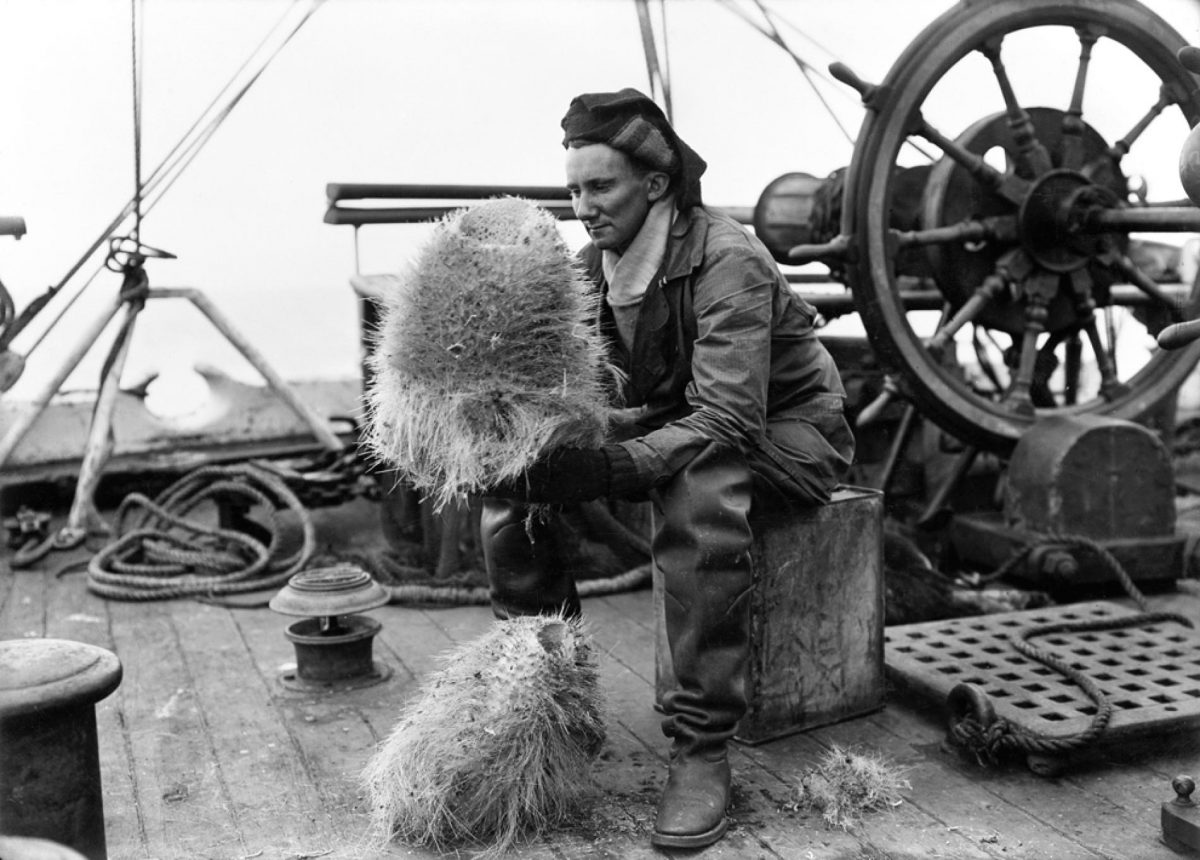

Biologist Edward Nelson tends to a scientific experiment in an ice hole on December 24, 1911.
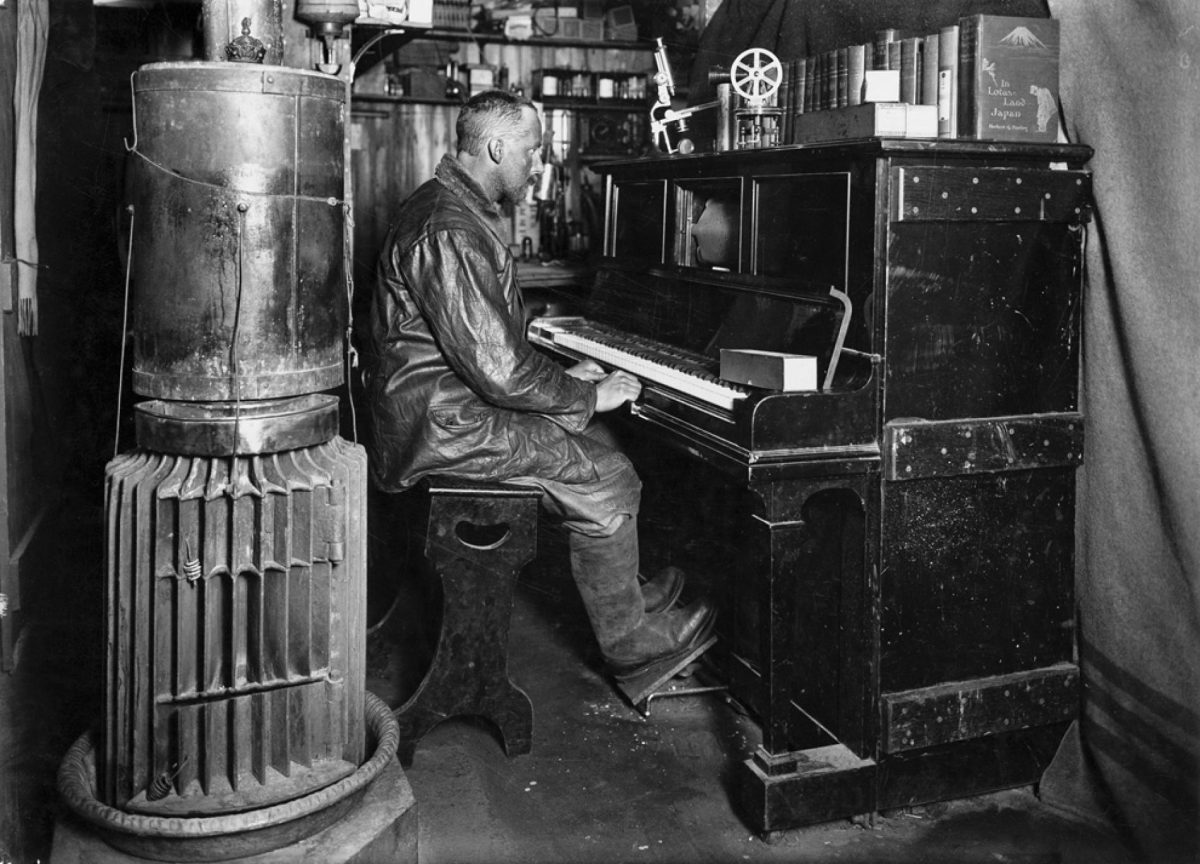
Dog handler Cecil Meares plays a tune on the pianola in January 1912
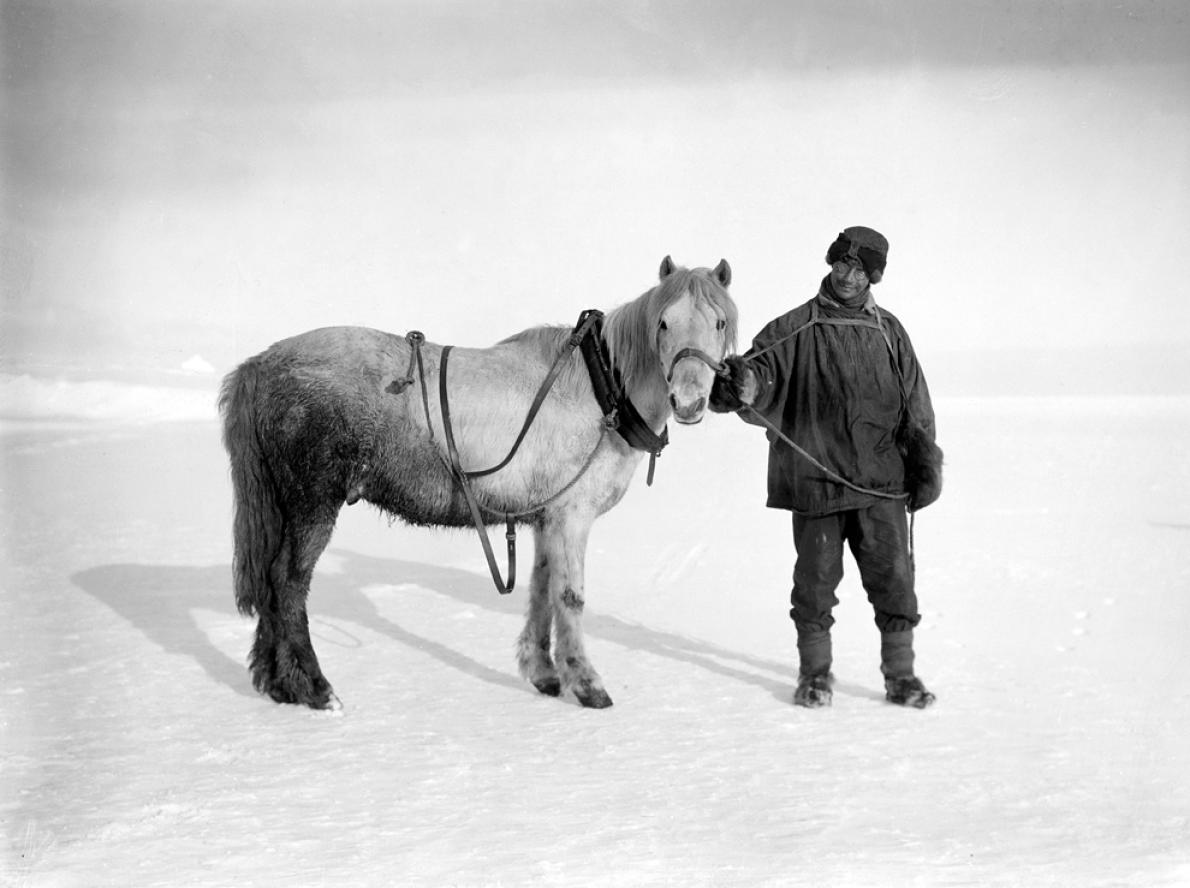
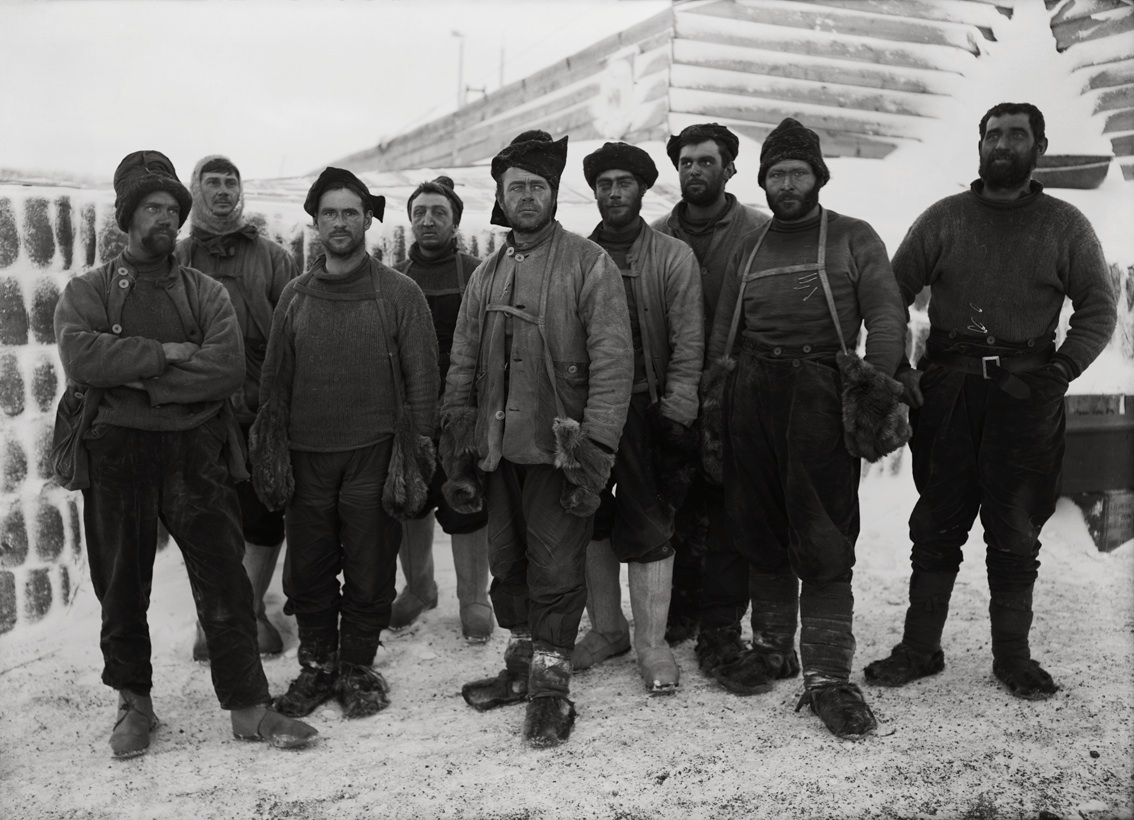
ponting0250, 14/06/07, 13:05, 16R, 8296×11062 (376+312), 150%, ponting20, 1/60 s, R68.8, G33.1, B29.1
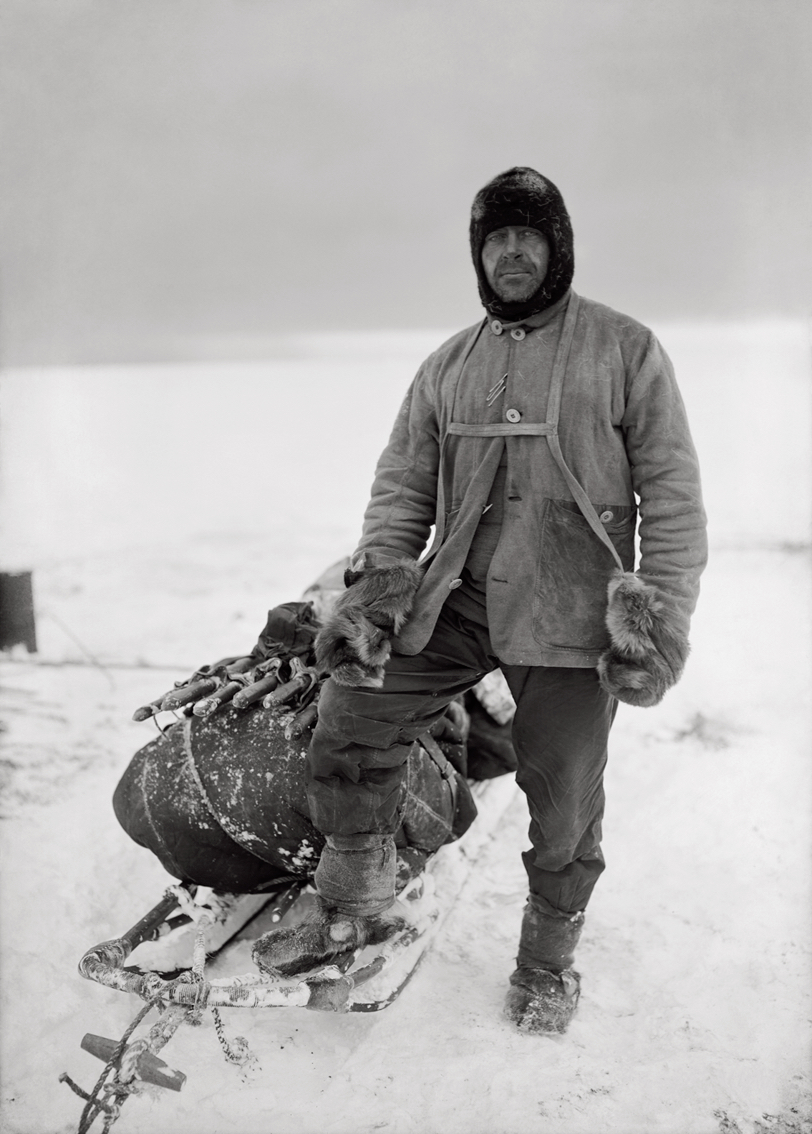
Captain Scott

Captain Scott in his Den, 7th October 1911
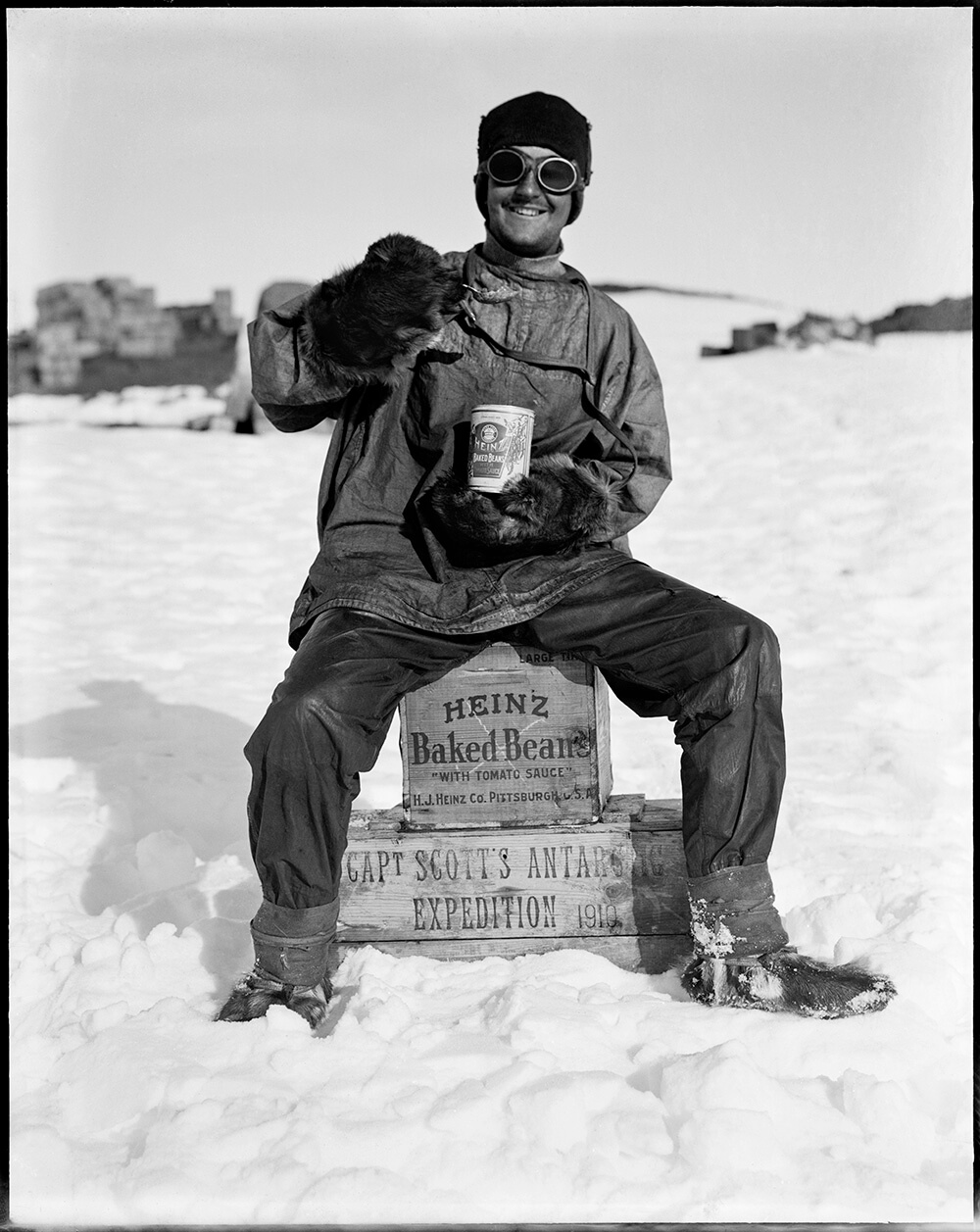
Captain Robert Falcon Scott’s Terra Nova Expedition to the Antarctic, January 1912 Herbert Ponting
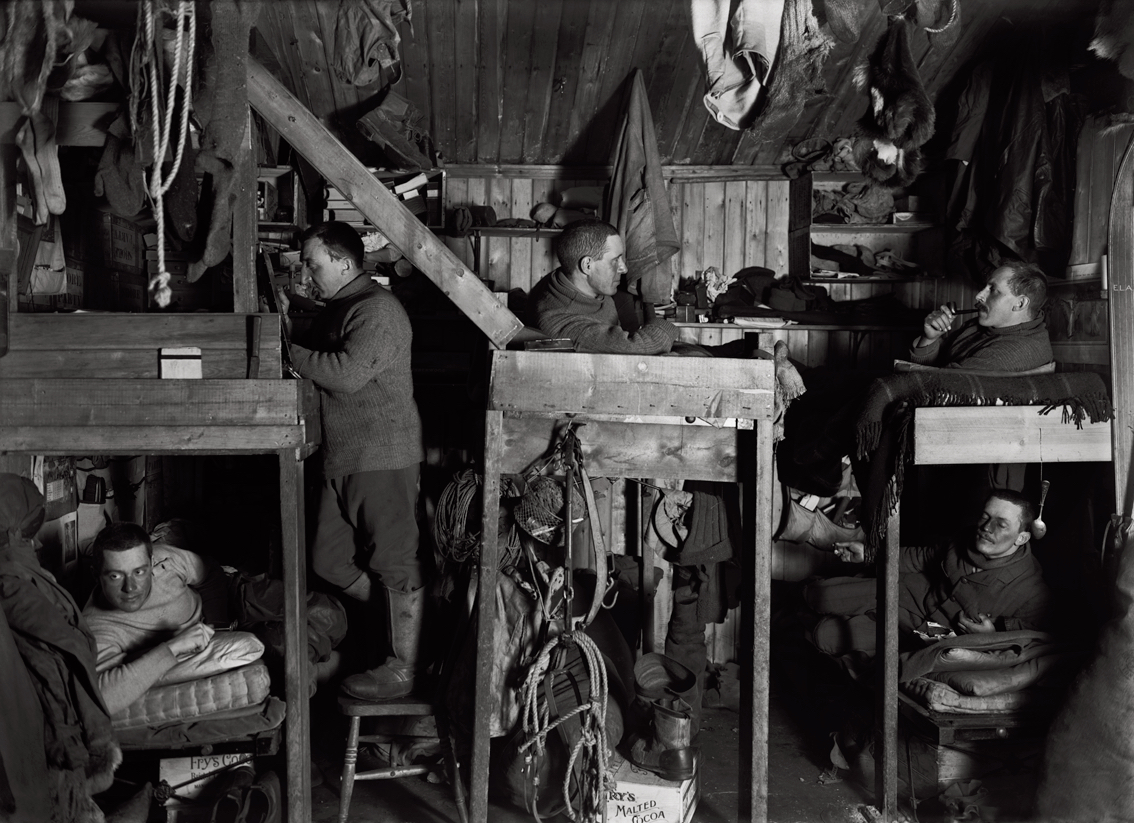
Bunks in the Hut – Lieut. Bowers, Mr. Cherry Garrard, Capt. Oates, Mr. Meares & Dr. Atkinson, October 9th 1911
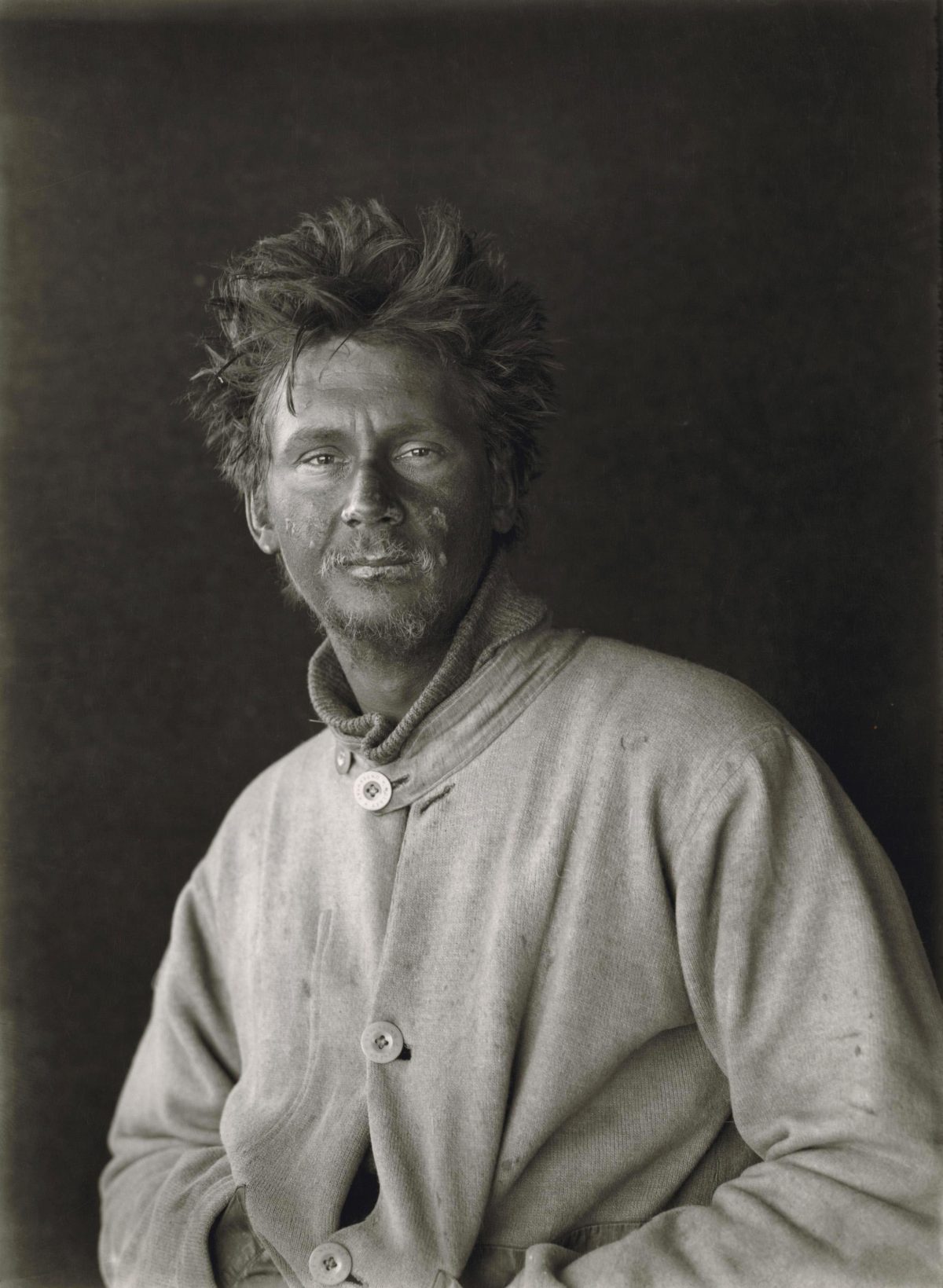
Sir Charles Seymour Wright, KCB, OBE, MC (nicknamed Silas Wright after novelist Silas Hocking) (7 April 1887 – 1 November 1975) Date 29 January 1912
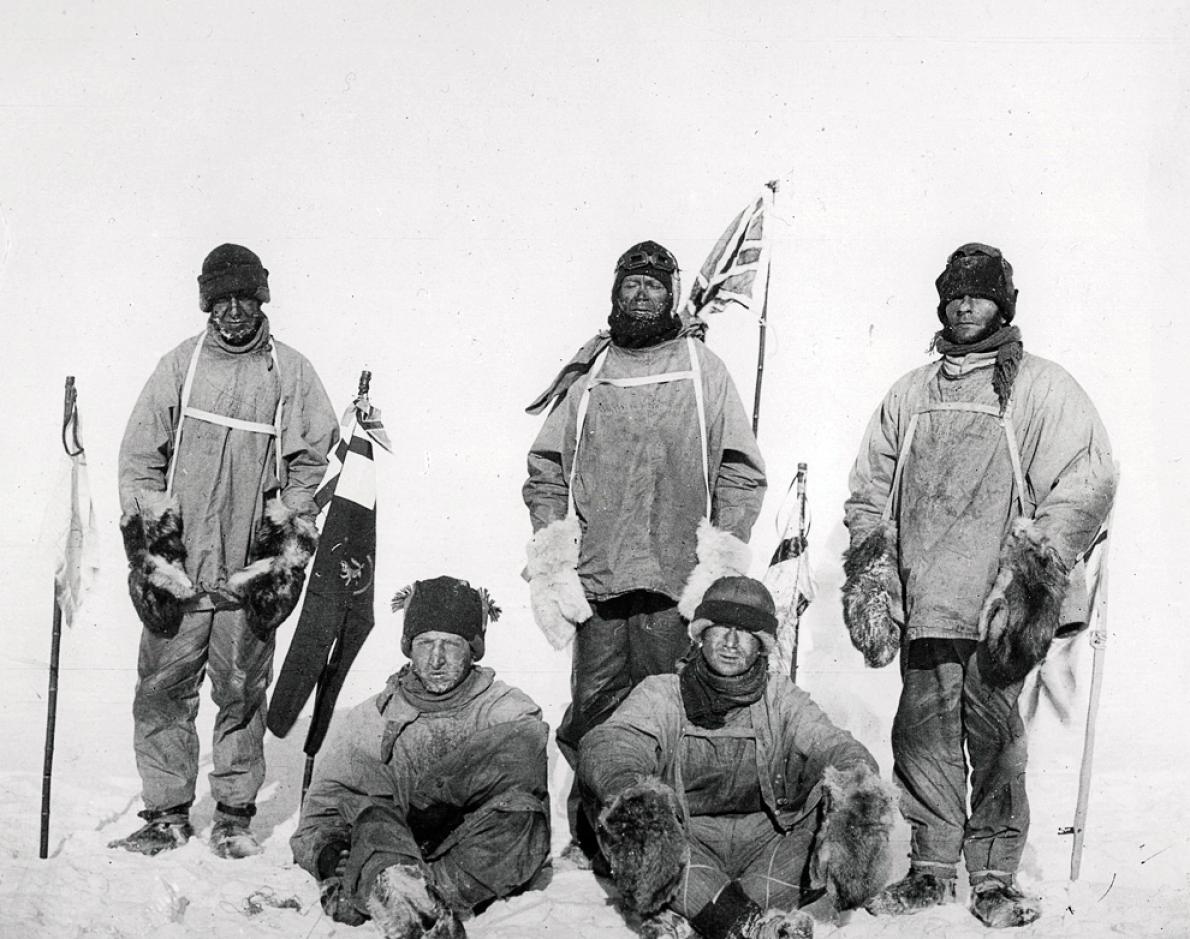
Lawrence Oates, Henry Bowers, Robert Scott, Edward Wilson, and Edgar Evans (left to right) pose for a portrait at the South Pole on January 17, 1912
The Sleeping Bag by Herbert Ponting
On the outside grows the furside. On the inside grows the skinside.
So the furside is the outside and the skinside is the inside.
As the skinside is the inside (and the furside is the outside)
One ‘side’ likes the skinside inside and the furside on the outside.
Others like the skinside outside and the furside on the inside
As the skinside is the hard side and the furside is the soft side.
If you turn the skinside outside, thinking you will side with that ‘side’,
Then the soft side furside’s inside, which some argue is the wrong side.
If you turn the furside outside – as you say, it grows on that side,
Then your outside’s next the skinside, which for comfort’s not the right side.
For the skinside is the cold side and your outside’s not your warm side
And the two cold sides coming side-by-side are not the right sides one ‘side’ decides.
If you decide to side with that ‘side’, turn the outside furside inside
Then the hard side, cold side, skinside’s, beyond all question, inside outside.
Would you like to support Flashbak?
Please consider making a donation to our site. We don't want to rely on ads to bring you the best of visual culture. You can also support us by signing up to our Mailing List. And you can also follow us on Facebook, Instagram and Twitter. For great art and culture delivered to your door, visit our shop.
